Media history resources
¶ American Printing History Association
¶ Journalism History AEJMC publication.
¶ European media history by EGO publishers, Germany, is a transcultural history of Europe on the Internet.
¶ The Media History Project was launched in Sept. 2011 as an online research site with especially good magazine and film archives.
¶ Chronicling America is a massive database of US publications organized by the Library of Congress. A great place to find and read the originals.
¶ Library of Congress Prints & Photographs Division
¶ Newspaper heroes on the air -- Radio plays about journalism, organized by Bob Stepno, help put the cultural impact of journalism into context for the 1930s - 1950s.
¶ Editor & Publisher magazine at Internet Archive
¶ Domitor is an international organization devoted to cinema before 1915.
¶ American Journalism Historians Association is one of the groups working in media history.
¶ Center for Civil War photography puts rare visual treasures on display.
¶ The Story of Information a blog about how information changes daily life.
¶ Museum of Broadcast Communications
¶ History of American Journalism, University of Kentucky
¶
 Media law and ethics site as a companion to this media history site is now available. Of interest to historians: history of copyright, also history of libel, and history of advertising law.
Media law and ethics site as a companion to this media history site is now available. Of interest to historians: history of copyright, also history of libel, and history of advertising law.¶ Media 2070: An invitation to dream up media reparations.
Radio time machine
Printing
Image: Photo & Cinema
Image: Advertising & PR
Television
Digital media
Related pages
- About the author; Author's site for journalism; and science & environmental writing; and
- environmental history
Category Archives: Features
Science & Information Revolutions
Comments Off on Science & Information Revolutions
Posted in Discussions, Features, Uncategorized
Happy Wayzgoose, everyone
Wayzgoose falls on August 24th each year, so let’s make the most of it.
What’s Wayzgoose? You may well ask.
It’s the traditional holiday for printers, typesetters, bookbinders, copy editors, journalists and all the ink stained wretches who wear garters on their sleeves and sit below the salt.
The centuries-old event has largely been lost in the 21st century, but it was still very much alive a generation or two ago, especially among printing unions in the US and UK.
Wendell Berry has written extensively about farming as agriculture, with the accent on culture. Similarly, printing was a living culture at the heart of European and American society, and worth remembering, if only because its echoes can still be heard, faintly, in modern times, especially around Aug. 24.
The holiday has its origins in the feast day for St. Bartholomew, the patron saint of scribes and, later, of printers and writers.
The odd name for the holiday, Wayzgoose, refers to the centerpiece of this holiday meal: a goose that had been fattened on stubble (or wayz) from a harvested field of grain.
According to the Oxford English Dictionary, the Wayzgoose was
An entertainment given by a master-printer to his workmen ‘about Bartholomew-tide’ (24 August), marking the beginning of the season of working by candle-light. In later use, an annual festivity held in summer by the employees of a printing establishment, consisting of a dinner and (usually) an excursion into the country.
The celebration would be held at the master printer’s home, or in later centuries, as part of an excursion into the country.
The Wayzgoose was often the occasion for the introduction of new apprentices, the promotion of older apprentices to journeymen, and speeches about the virtues of the profession.
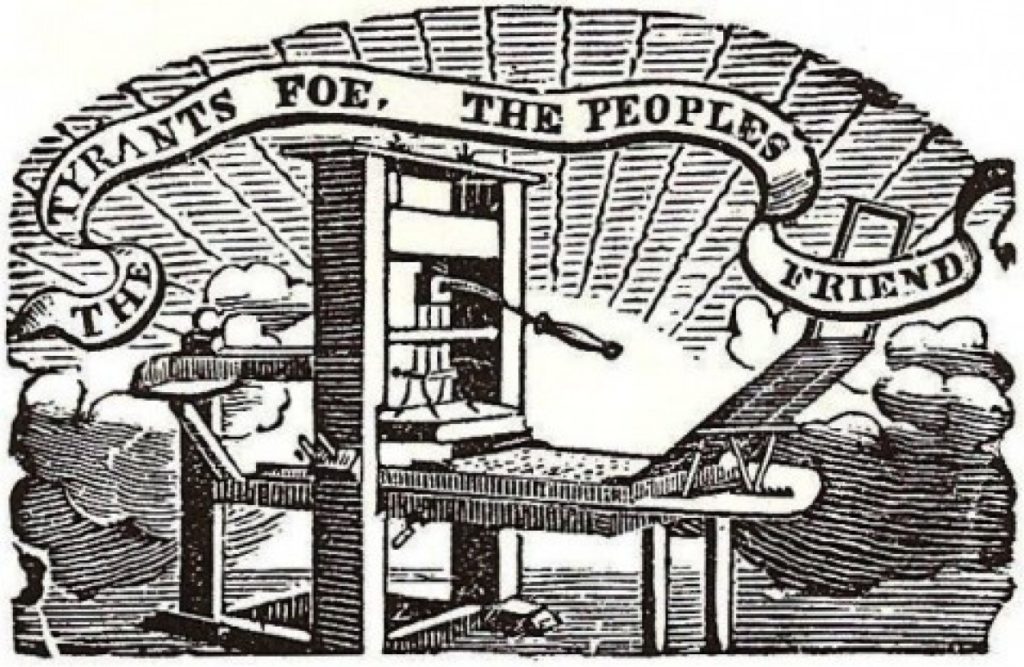 A speech by the company’s owner or master printer might include a reminder that printers had much in common with the monks who once laboriously copied books by hand.
A speech by the company’s owner or master printer might include a reminder that printers had much in common with the monks who once laboriously copied books by hand.
He (or not infrequently, she) might tell them that the printing company was still called a chapel, the foreman
Continue reading
Comments Off on Happy Wayzgoose, everyone
Posted in Features
Women’s history month 2023
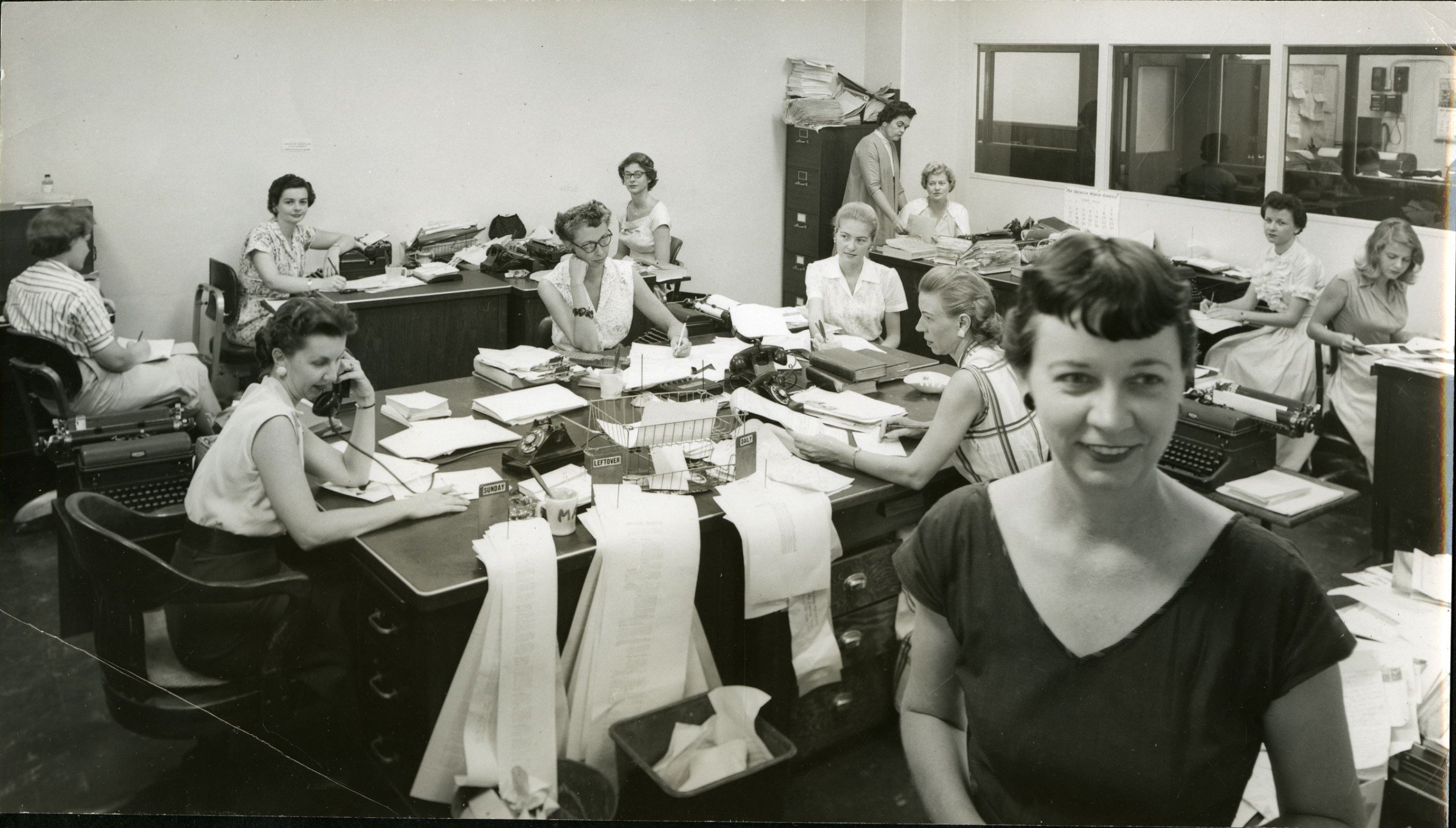
An exhibit at the Missouri Historical Society reminds us that women have had an important but often overlooked place in media history. This photo from the exhibit shows the staff of the Miami Herald’s women’s pages in the 1950s.
The photo features many women who made important contributions to journalism. Dorothy Jurney is in the immediate foreground. Roberta Applegate is seated facing the camera against the far wall with her arm on her typewriter. Marie Anderson is at the center of the photograph seated at her desk with a pencil in her hand. Eleanor Ratelle is standing next to the filing cabinet in the back. [Jurney, Dorothy Misener (1909-2002), Papers, 1920-1992 (C3904)]
This is only the latest in a global effort to ensure more accurate and equal representation of women in all professions and walks of life.
Other articles and historical resources about women in journalism include:
Comments Off on Women’s history month 2023
Posted in Features
Black history month 2023
February is traditionally black history month, and it’s time to recall that one of the most significant moments in the history of the American press involves the long, ongoing struggle for civil rights in the Black press and the resistance from the White / mainstream press against civil rights, which only gradually changed in the post World War II era.
There are two stories. Part I is the story of the African American / Black press — the mainstay of the long movement for equality. Part II is the story of the White / mainstream press reluctantly awakening to its responsibilities.
The Black press “was the signal corps,” wrote Margot Lee Shetterly, author of Hidden Figures, “giving the watchword so that the negro community moved forward in synch with America.”
Read more: “Civil Rights and the Press” here, at Revolutions in Communication.
Comments Off on Black history month 2023
Posted in Features, Resistance to injustice
A modern Pulitzer & a 19th century editor
The 2021 Pulitzer Prize for commentary and editorial writing, won by Richmond Times Dispatch columnist Michael Paul Williams, begins by noting that there were objections to the massive statues of Robert E Lee and other Confederate heroes erected in the 1890s in the former capitol of the Confederacy.
Williams wrote:

The original opponent of the Robert E. Lee statue issued a stern prophesy after the monument was erected in 1890. John Mitchell Jr. — newspaper editor, politician, banker and civil rights activist — predicted that the monument “will ultimately result in handing down to generations unborn a legacy of treason and blood.”
John Mitchell, Jr., was editor of the Richmond Planet from 1884 – 1925. A resident of Richmond, Va.’s Jackson Ward area, Mitchell was born into slavery in 1863, but his family was freed when Union troops liberated the city in April 1865.
Beginning in December, 1884, Mitchell started reporting on injustice and lynchings. For example, he reported on a lynching in Smithville, Charlotte county, Virginia in May, 1886. Afterwards, someone sent Mitchell a rope with a note attached to it, warning that he would also be lynched if he ever set foot in Smithville. He responded with a line from Shakespeare’s Julius Caesar:
“There are no terrors, Cassius, in your threats, for I am so strong in honesty that they pass by me like the idle wind, which I respect not.”
Afterwards, armed with two Smith & Wesson pistols, Michell took a train to Smithville and walked five miles from the station to see the site of the hanging.
Comments Off on A modern Pulitzer & a 19th century editor
Posted in Currents, Features, Resistance to injustice
BBC’s WWII truth blitz
When BBC’s German language service began in 1938, the policy that seemed to hold the most promise was to tell the unvarnished truth, according to research reported in the Guardian recently.
 In practice, telling the truth would mean that British defeats in battle would be reported accurately throughout the war, without exaggeration, says Dr Vike Martina Plock of the department of English at Exeter University.
In practice, telling the truth would mean that British defeats in battle would be reported accurately throughout the war, without exaggeration, says Dr Vike Martina Plock of the department of English at Exeter University.
Plock discovered BBC memos at the archive center in Caversham Park, Reading. “It is fascinating to see how the BBC provided the German public with accurate information during the war and thereby began to re-educate individuals who had been living, willingly or unwillingly, with 12 years of Nazi propaganda,” she told the Guardian. Continue reading
Comments Off on BBC’s WWII truth blitz
Posted in Currents, Features, Flashbacks
A mysterious photo
This mysterious propaganda photo was taken in the Ukraine during the early period of Soviet control, probably around 1925. The photo was collected in WWII by the Farm Security Administration and was found at the Library of Congress.
The photo raises questions. Would journalists really set type on the back of a truck in the middle of a wheat field? Was it staged, or faked, or part of a serious effort to get journalists close to the people? Do the shadows in the truck line up with the shadows on the field? Were two photos cut in together?
Comments Off on A mysterious photo
Posted in Features

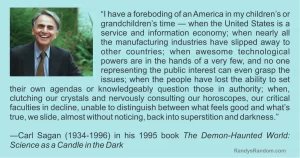
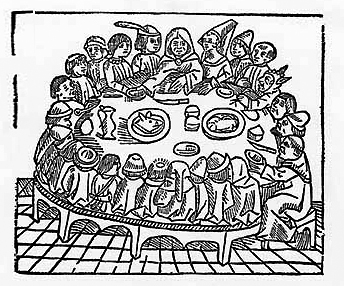



 Tienanmen Square protests
Tienanmen Square protests Guglielmo Marconi
Guglielmo Marconi Dorothy West
Dorothy West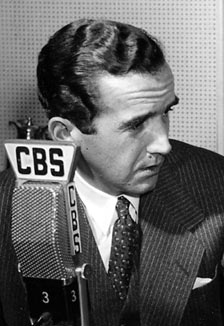
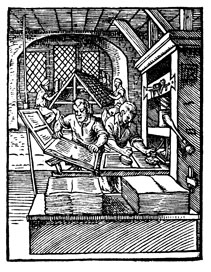

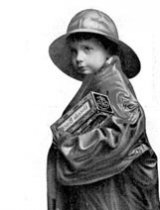
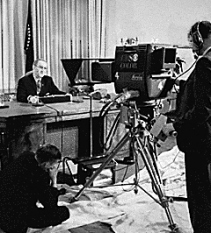
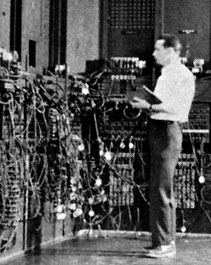
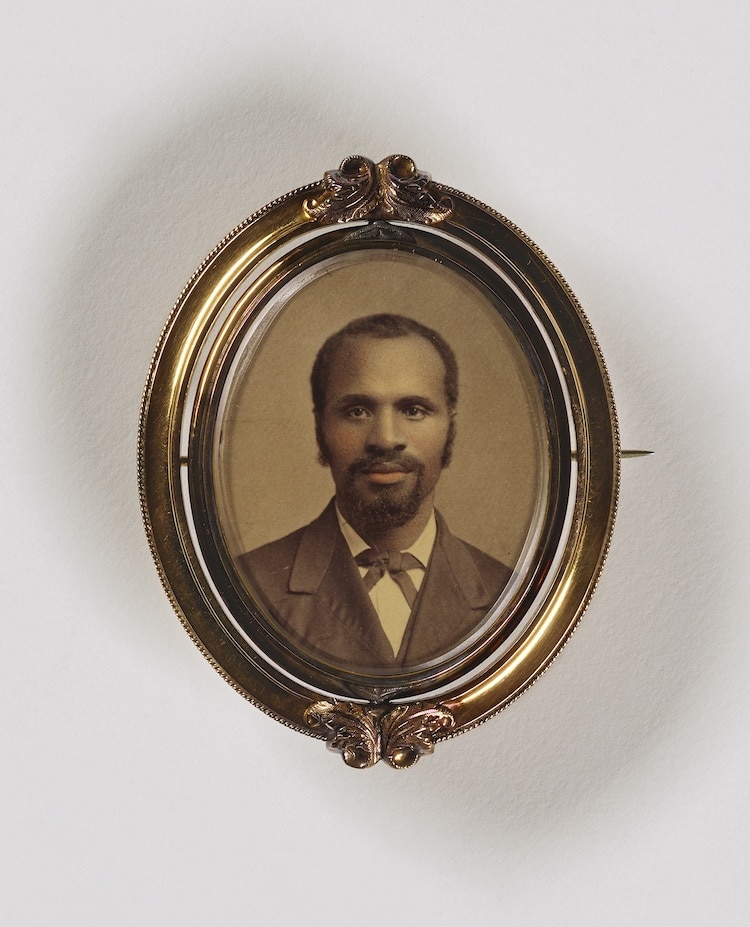 Early Dageurotypes
Early Dageurotypes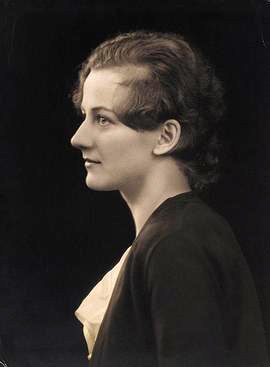

 Ida B Wells
Ida B Wells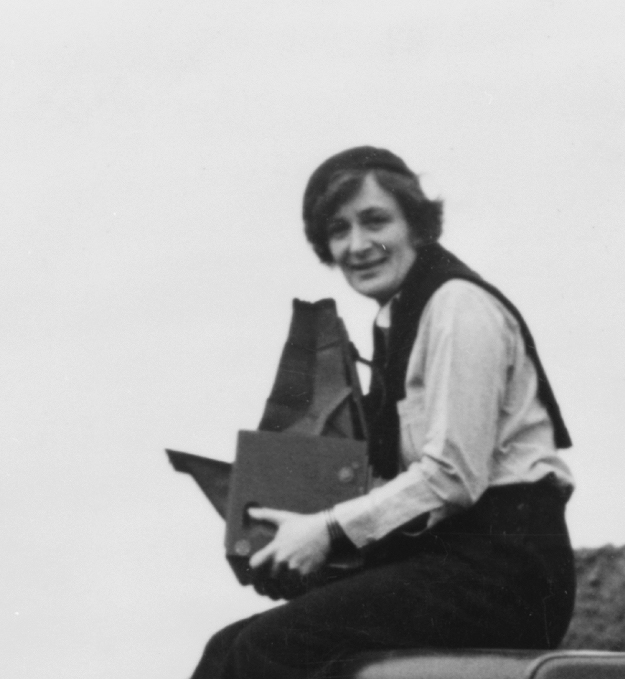 Dorothea Lange
Dorothea Lange 
 William Yukon Chang’s
William Yukon Chang’s Margaret Bourke-White
Margaret Bourke-White  Tank Man
Tank Man  Harold Edgerton
Harold Edgerton Evelyn Berezin,
Evelyn Berezin,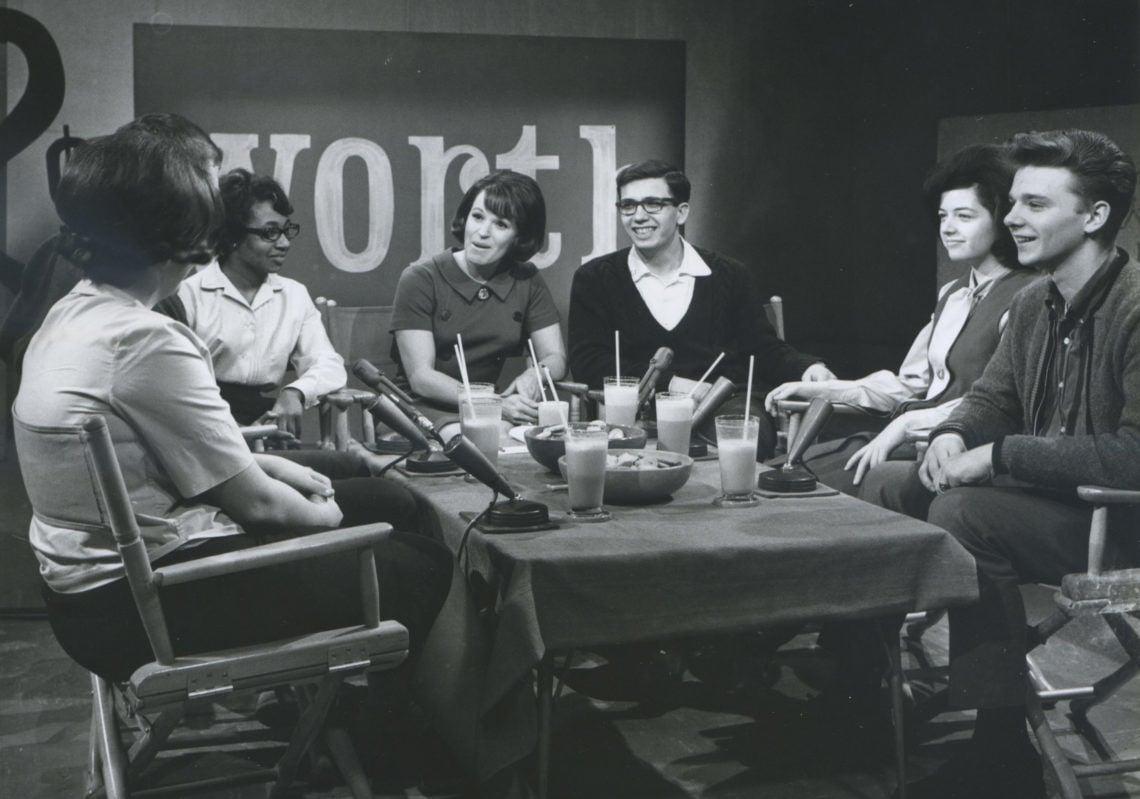 PBS archives
PBS archives Virtual Reality
Virtual Reality /https://public-media.smithsonianmag.com/filer/b4/ec/b4ec2608-cfe6-4187-a1de-7dbe856c1e11/lowell_thomas_magic_dials_1.jpg) Lowell Thomas
Lowell Thomas
 Clare Hollingworth
Clare Hollingworth Ring Lardner
Ring Lardner  TV and US Civil Rights
TV and US Civil Rights 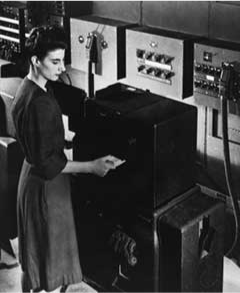 Unrecognized women of ENIAC
Unrecognized women of ENIAC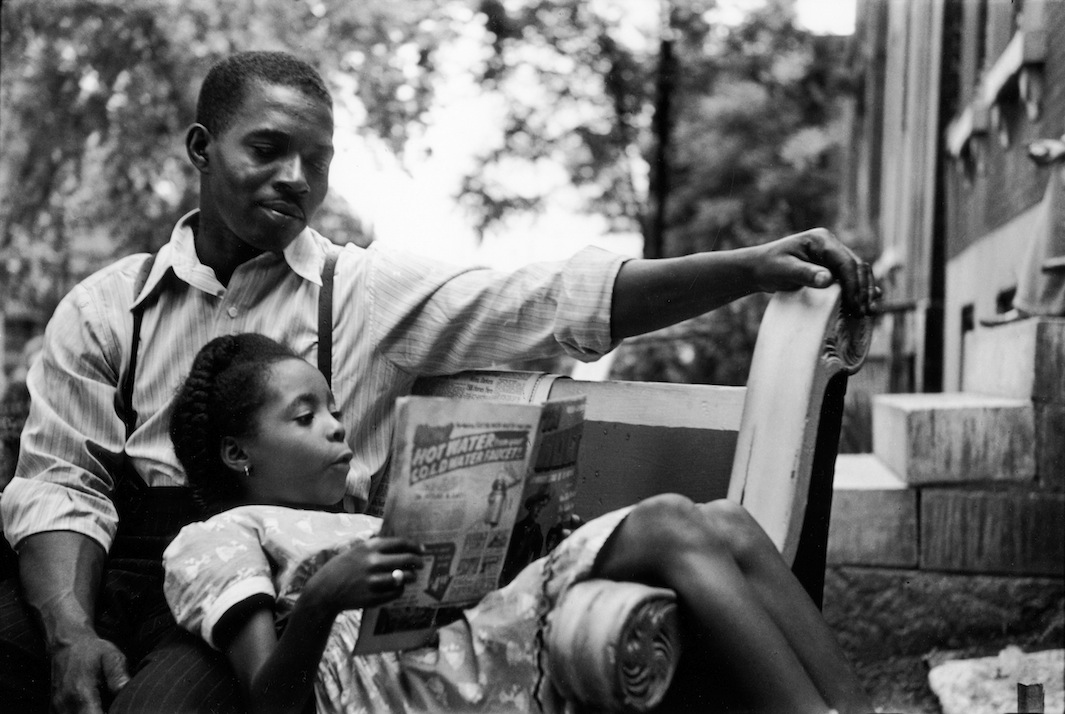 Lost Gordon Parks photos
Lost Gordon Parks photos Birth of a Nation turns 100
Birth of a Nation turns 100 The Wipers Times,
The Wipers Times,  Ixnay on the Otography-fay
Ixnay on the Otography-fay Nixon-Kennedy debates
Nixon-Kennedy debates  Dorothea Lange
Dorothea Lange 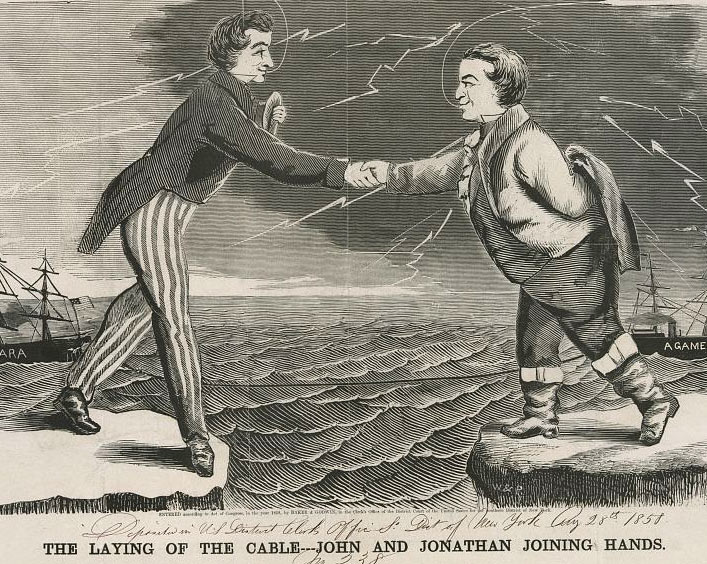 Too Fast for the Truth?
Too Fast for the Truth?
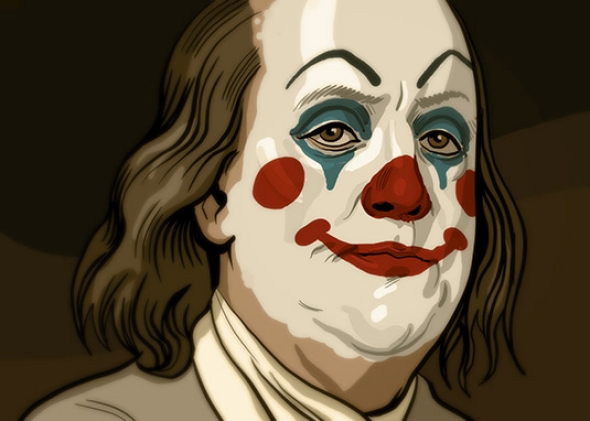
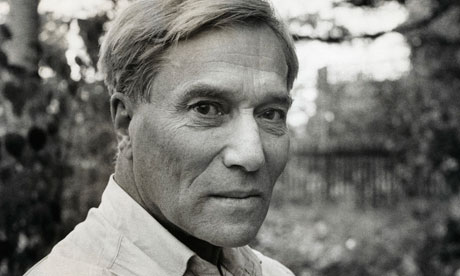 Dr. Zhivago
Dr. Zhivago Margaret Fuller
Margaret Fuller 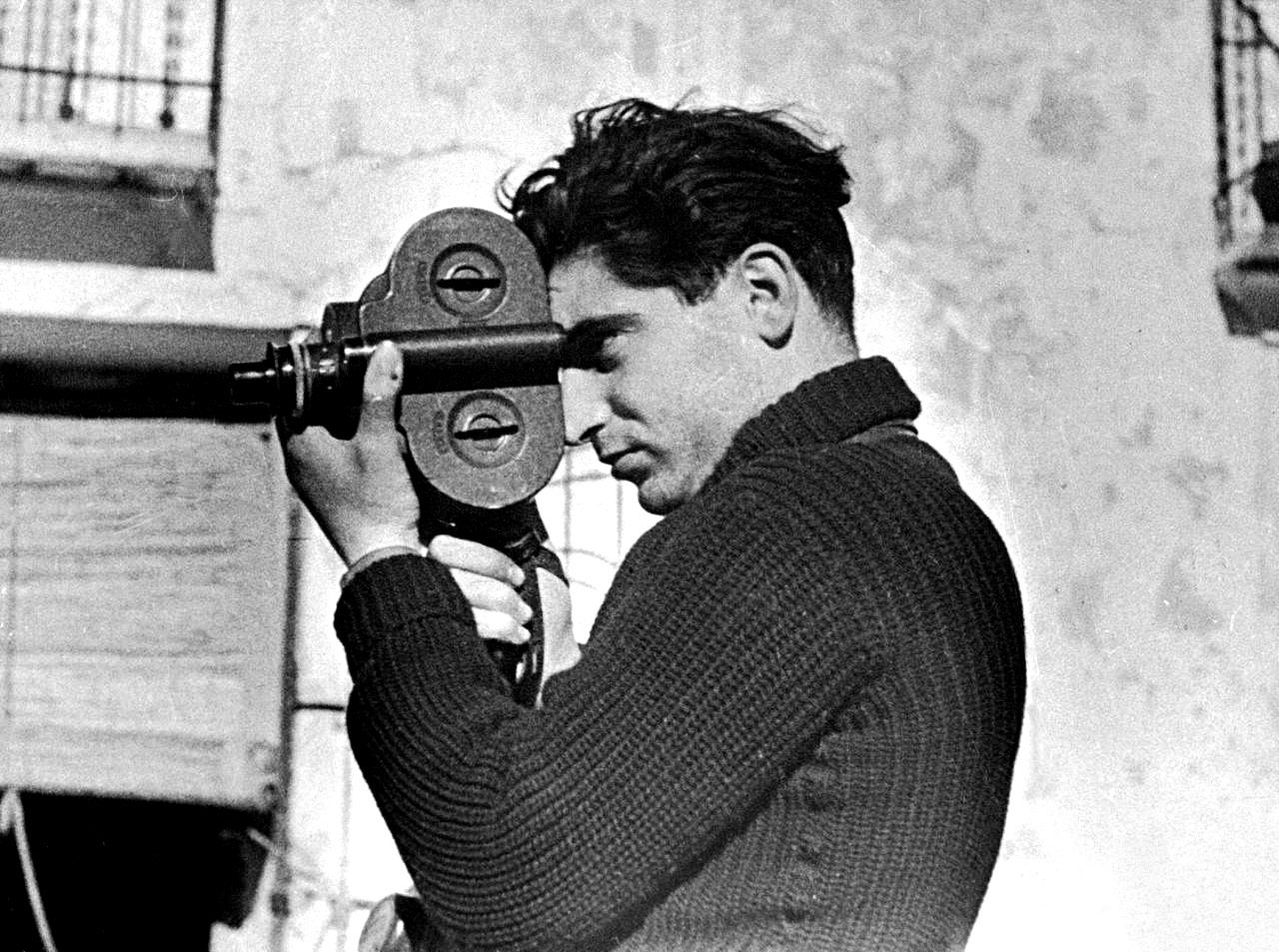
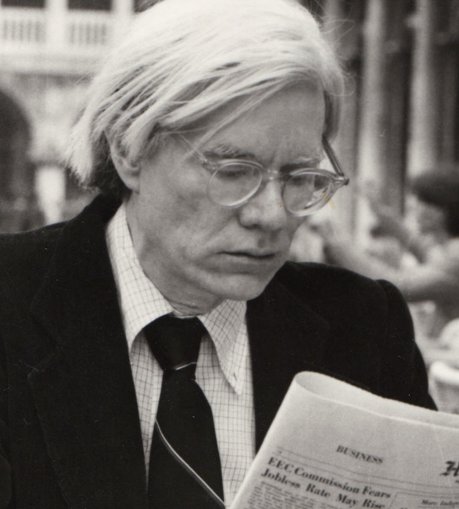

 Early Orson Wells film
Early Orson Wells film 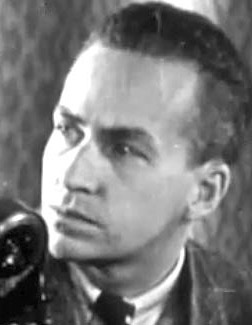
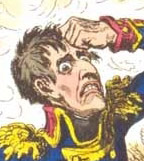 Cartoons that changed the world
Cartoons that changed the world 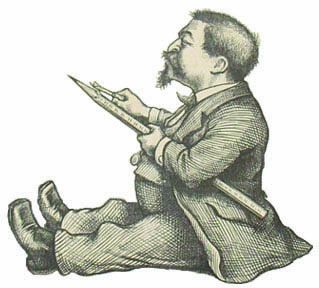
 James Gordon Bennett Jr.
James Gordon Bennett Jr.